In this Article...
This is a guest post by Will Schoenig. He shares his experience working with layer states. If you are not familiar with it yet, you can read a short tutorial about layer states here.
Recently I encountered a request to create a drawing with multiple options. I thought this was an excellent opportunity to use layer states to manage and present the different options.
After creating multiple layer states, one for each option, I created multiple layouts, also one for each option, and activated one layer state per layout. It worked like a charm until I moved back to model space and made some modifications. Returning to the layouts I realized all but one of the layouts were “gone”.
I could restore each layer state in each layout but I had no intention to do this every time I made a change.
Checking the internet I found many solutions but like so many others, none worked for me. After a more than a few failed attempts to resolve the problem, some with seemingly strange results I realized that, after I restored one layer state per layout all the layer states were “turned on” in model space. That’s when it hit me – the layer states were being used as a layer “filter” in the layouts.
If you’ve been stumped by this in the past, there’s a good chance you just face palmed and have run off to create your own solution which is pretty simple. I’ll walk you through the process step by step however the solution is to create an additional layer state, in which all the layers visible in all the layer states you are using for your layouts are on and unfrozen. Turn that layer state on before you move to your layouts for display / printing and they will all be right where you left them.
I will make one caveat – occasionally AutoCAD will simply refuse to play nicely and let this work. Restarting AutoCAD typically resolves this issue.
Here are the steps to using multiple layer states and multiple layouts. In this example I will use a rack layout as my options however this can be used just as easily for more complicated drawings, for example each floor of a building which is drawn with the floors stacked on one another.
To keep it simple we’ll use AutoCAD LT 2012 and create 3 layers:
- A-SHEL (building shell)
- I-RACK-OP1 (rack layout option 1)
- I-RACK-OP2 (rack layout option 2)
1 – Creating layer states
- Turn on / thaw all the layers we want to use on all our layer states. For our example all 3 layers are on and unfrozen. (For larger drawings you may want to do this step last).
- From the Home Ribbon, Layers group: select the layer state drop down. (It typically says: Unsaved Layer State.)
- Choose: New Layer State – a pop up window will appear.
- Give this layer state a name that makes sense to you, we’ll call the layer state we’re making “Print”. You will return to model space when done.
- Modify your layers for Option 1 – for this example, freeze the layer ending in OP2.
- Following the same procedure as creating the “print” layer state create a new layer state called Option1.
- Thaw the OP2 layer, freeze the OP1 layer and create a new layer state called Option2.
We now have 3 layer states:
- Print – with all layers on
- Option1 – with the shell and rack option 1 (green) on and rack option 2 frozen
- Option2 with the shell and rack option 2 (red) on and rack option 1 frozen.
2. Create layouts with specific layer states activated.
Select Layout 1 or insert your own. If they layout doesn’t have a viewport insert one and activate it.
Double click to move to model space.
- Using the same layer state drop down menu we used to create the layer states, select manage layer states.
- A pop-up window will appear and a list of your layer states will appear.
- Select Option1.
- Check the “turn off layers not found in layer state”
- Check Apply properties as viewport overrides
- Click on Restore
- Rename the layout tab Option 1
Create a new layout and follow the same procedures for Option 2.
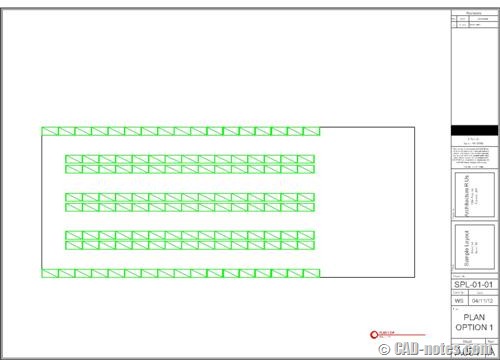
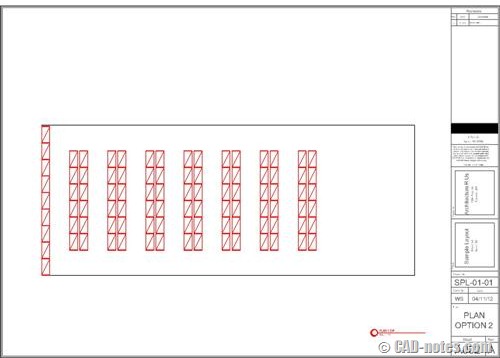
You now have two layouts with different layer states. If you return to model space all the layers will be turned on. If you activate one of the layer states the other will be turned off, including on the layouts, until you turn on your layers you’re printing back on (the “Print” layer state).
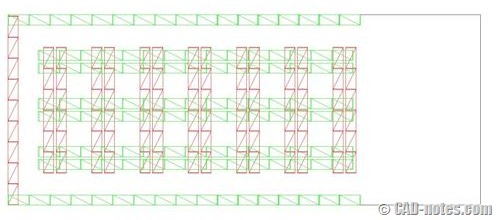
This can sound like a lot but once you understand how this process works it can make managing your layouts much easier.
A final note:
– If you need to change a layer state, for example adding a layer to option 2 you must remember to re-save your “all on” layer state as well.
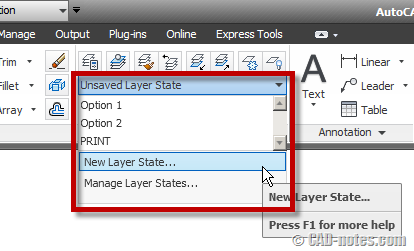
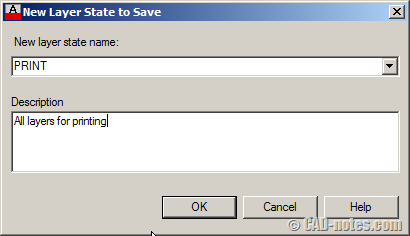
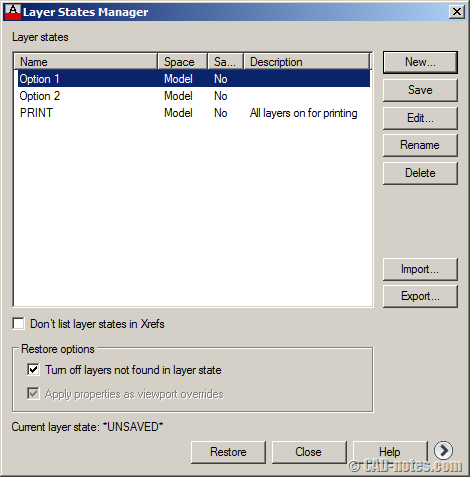




Very good tips. Thanks for sharing. It has been difficult to find the some article like this
Very good article. I created a cad standards manual back in 2008 which incorporated a similar work flow process. It actually incorporated the use of Autocad 3d models as well. Would love to share the work flow setup I used.
Thank you for this! I’ve been trying to figure this out for ages. This has always seemed like an AutoCAD glitch to me… Thanks again.
thank you very much your helping me many days i tried but not reach the goal i check with other people no use then tried to ref the web site but i get confused & not given 1 step i understand yesterday just check something else i find this means your solution. i tried your example & i tried in other project dwg also last i succeeded. thank you. if don’t mind give some tips which u know i can use it in my work i working on
Electro-mechanical design. any tips u can send to my email if i need any help on auto cad i can contact u please send ur email details.
multiple view ports on one page. each viewport should response to multiple LAYER STATES set up in one plan. I do not want to manually freeze thaw layers in viewport, just select viewport & select appropriate LAYER STATE & then lock viewport.
How about the other way around. I would like to have certain layers on/visible in a layout, but I want them to be off in Model Space. I am using autocad 2013 for MAC and for no apparent good reason, there is no Layer Manager (so I can't even think about creating sets of different layer states – argh). To be more precise, I would like to have some layers on and some off (not visible) in the layout and be able to essentially save that layer staus for the viewport… go back to Model space where I have some, maybee different layers off (not visible) and maybee different layers on. And then be able to return to a viewport and not have had it change at all while I was changing things in Model space. Seems like a pretty simple/desired functionality- but I am having no luck in autocad for MAC. I can also throw in the desire to be able to insert a block (e.g., a border) while I am in a viewport (or layout) and not have it show up in model space… something I have not been able to do either. THough if I could figure out the layer control question, I could always insert the block on a layer that is always on in the layout, but always off in Model space.
Another simple way would be to freeze the layers in the layouts. (Go to each layout, choose MODEL and freeze the layer(s) you don't want shown.) When the Freeze Layer command is started, choose Settings, Viewports, and then VPFreeze. This freezes the layer only in that viewport and does nothing to the layers in the basic Model space or in any other layout.
Excellent. I've been looking for a good, clear description of managing layers for my drawings. Thank you for writing such a great article.